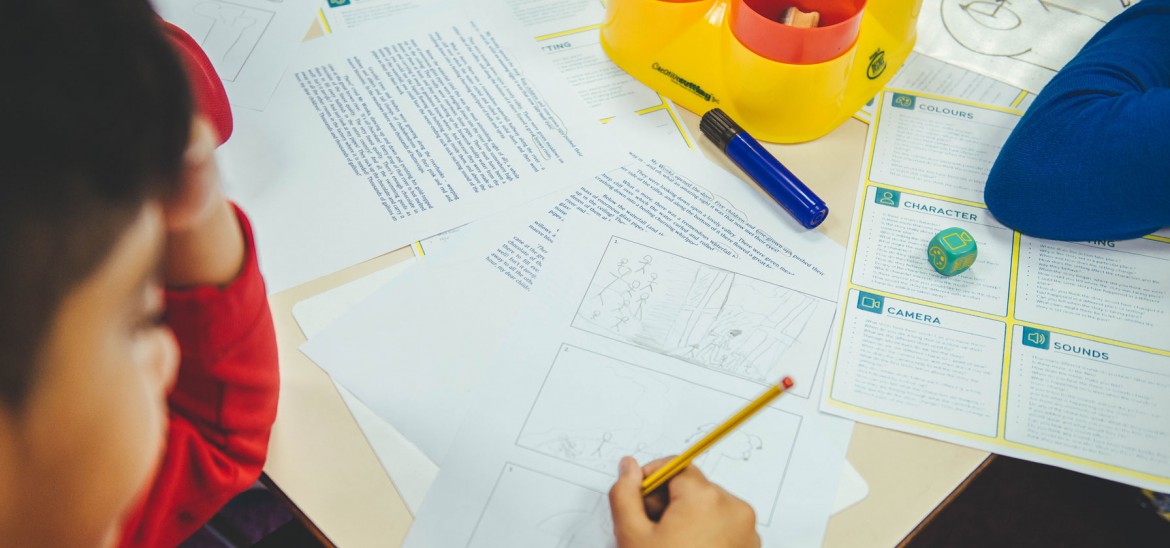Into Film Clubs
Find out everything you need to know about starting an Into Film Club.



We have a thematic, multimedia approach to learning at William Allitt and I'm very keen to bring film into that right across the curriculum. In my view the current education system places too much emphasis on learning from and working in books; obviously that's important but we need to get the balance right in order to prepare children adequately for the real world. Giving children the opportunity to interact with different media, to create and experiment with technology without the fear of making mistakes, is very valuable.
The Into Film / BFI ‘Teaching Literacy Through Film' online course has been extremely useful in that it has provided a number of options and approaches for using film in class. Before I did the course we were using film in a small way; this course has enabled us to take the next step and embrace film watching, film reviewing and filmmaking across a range of subjects, using resources and equipment, such as iPads, that we already have at our disposal. For example, we're currently exploring Sikhism and Hinduism; previously this would mainly have involved reading about the different religions in books, but now, in a more cross-curricular approach the students are able to make a podcast and a short film recording what they've learned if they wish. Activities like these promote memorable learning and also help to develop wider skills such as speaking, listening, team working and management of information - even something as simple as respecting that recording on camera must be done in silence. These skills may be difficult to measure but they are essential in the wider world as well as in the classroom.
For me, the Course content extends well beyond using film to boost literacy - however, as the title suggests, many of the approaches in it are especially useful for that purpose. The 3Cs (colour, character, camera) and the 3Ss (story, setting, sound), provide a specific structure for students to think about when working with film. An activity I particularly like is ‘Using Short Film as a Poetry Stimulus', which invites students to interpret a poem by creating a visual storyboard from the words they've read. It's effective because it encourages them to consider the content from a visual perspective, and some children do seem to respond better to working with and imagining visual images than using the written word. The ‘Sound On/Vision Off' idea of listening to a film clip and encouraging students to imagine and write about what they might expect to see by analysing the sounds, is another powerful way of sparking their imagination and creativity.
Online courses offer flexibility, which is a big advantage. My approach was to download, read and digest the theory first then go back to the ‘doing' part. I've done a few online courses and this was the first time I experienced a social media element where participants have the chance to interact, comment and respond. That's good because it enables you to frame your ideas and thoughts rather than passively absorbing the information. I'm now combining what I learned on the Course with other Into Film resources to incorporate film firmly into our teaching.
Why use film to teach literacy? Our free online course, in partnership with film education experts from the British Film Institute (BFI) - starting on May 23 - will examine the debate surrounding film as a vehicle for teaching literacy, alongside recent evidence demonstrating significant improvements in children's reading and writing through use of film texts.
We'll discover how film can be used to develop a range of abilities - decoding, inference and analysis - as well as expanding creativity and improving vocabulary.
Viewing 4 of 4 related items.

Find out more about our streaming service, designed specifically for UK schools.